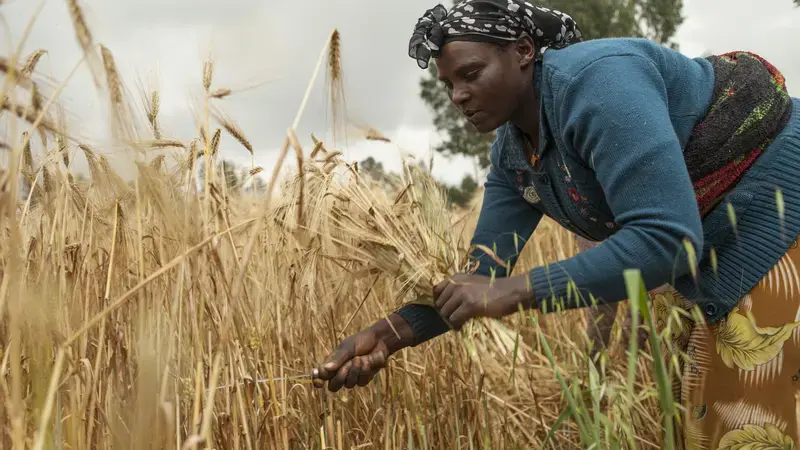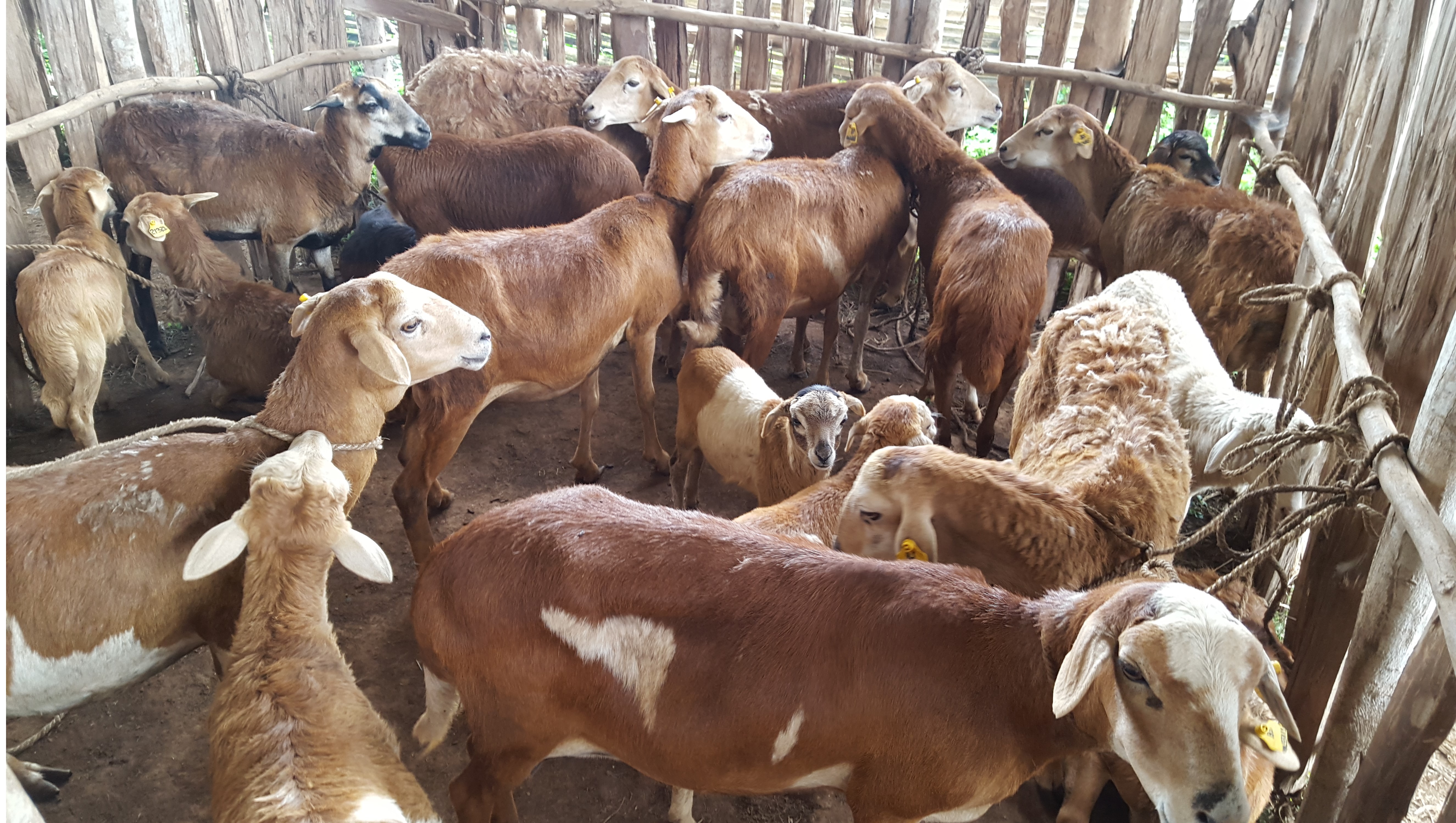Two new malt barley varieties released in game-changing development in Ethiopia

Two new malt barley varieties with the potential to triple average yield in Ethiopia have been released in May 2016 by the Holetta Agricultural Research Center as a result of decades of research collaboration with ICARDA. The two varieties, HB1963 and HB 1964, can yield up to 6 tonnes per hectare (t/ha) as opposed to the average yield of 2 t/ha in Ethiopia. The varieties also offer excellent malting quality, making them attractive buys for the malting and brewery industry, thus allowing smallholders to use the new malt barley as a cash crop and generate income from it.
In Ethiopia, the gap between malt barley production and demand is high. In late 2015, brewing factories, such as the Assela Malt factory had to scale down their production due to the chronic shortages of malt barley in the market.
“With the release of new malt barley varieties and robust scaling out of the technologies, there is an opportunity not only to meet local demand but export possibilities in the long term,” said Dr. Zewdie Bishaw of ICARDA who is leading the USAID-supported project on scaling out of malt barley technologies in Ethiopia.
“Public-private partnership involving research, seed suppliers, malt factories, breweries and farmers could be a game changer for the livelihoods of smallholder farmers,” said Dr. Berhane Lakew, senior barley breeder at Ethiopian Institute of Agricultural Research (EIAR).
In 2015, domestic malt barley production met only 35% of the demand in Ethiopia, with the remaining 65% (63,526 tonnes of malt) imported at a cost of $38 million. Malt barley production in Ethiopia covers about 150,000 ha with an estimated yearly production of 375,000 tonnes. In the 2014-15 season, barley (for food and feed uses) was grown by 4.1 million smallholder farmers on close to 1 million ha, producing 1,953,385 tonnes. The favorable agroecology for barley in the Ethiopian Highlands represents a huge opportunity to increase local malt barley production to bridge the supply and demand gap, and translate Ethiopia’s import expenditures into incomes for its millions of smallholder farmers. Modern business models, such as contract farming, warehouse receipt systems and private sector investment in post-harvest processing, could set up a new equation between malt factories, breweries and farmers. The new value chain could be game changing for the smallholder farmers, particularly in the high altitudes, where barley is one of the few crops that are resilient to climate change and continue to yield well.
The yield potential of the new malt barley varieties, HB1963 and HB 1964 ranges from 3.3 to 6 t/ha.
ICARDA has been partnering with the Ethiopian National Agricultural Research Systems (NARS) for over three decades on malt barley research program. EIAR has developed profitable malt barley technologies with a yield potential of up to 5.7 t/ha, using improved germplasm provided by ICARDA. (Read story of Gosaye Degefa, a smallholder farmer living in Asella in the Oromia region of Ethiopia.)
Watch short video: farmer story
Irrigation facilities and scaling out activities supported by USAID and implemented by ICARDA are playing a critical role in producing sufficient quantity of early generation seed to meet the demand from seed suppliers and the processing industries. The newly released malt barley varieties will be promoted for wider adoption and dissemination among the farming communities.
Funded by the United States Agency for International Development (USAID)

![IKRI catalog of indigenous knowledge [credit: C. Biradar] IKRI catalog of indigenous knowledge [credit: C. Biradar]](/sites/default/files/images/2021-11/ikri_pic_1.jpg)

